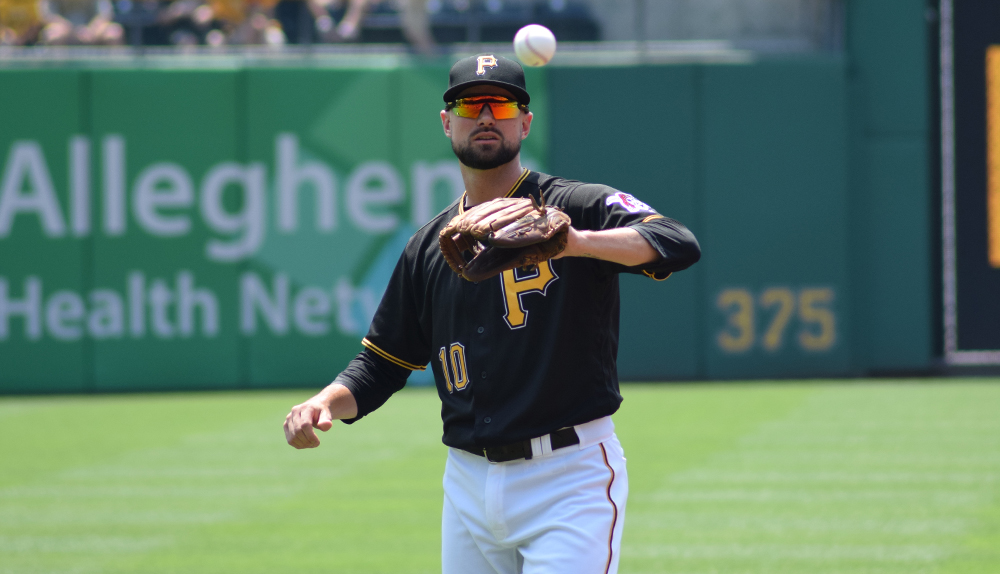
The Rockies’ somewhat curious decision to sign Ian Desmond has not become less curious with time.
(Photo:
Ian D’Andrea)
When it comes to replacement level, first base is a very different beast than catcher. In general, teams prioritize catcher defense and staff handling over offense, and even in this age of advanced analytics, there’s room to quibble over whether the available metrics — including the pitch-framing sort — capture enough of their value. As we lack a good staff-handling metric (catcher ERA isn’t it due to sample-size issues), there’s a whole gray area that, among other things, allows teams, particularly contending ones, to convince themselves they’re getting enough value behind the plate.
First base is another story. Offense is comparatively easy to measure, and the expectations for the position are high. A contending team that lacks a heavy hitter at the spot, or at least an adequate one, is bringing a spork to a knife fight. At this end of the defensive spectrum, it shouldn’t be that hard to find alternatives, even if they possess relatively clunky gloves; in this day of shortened benches, you can generally find a utilityman to fill in defensively at first in the late innings. With upgrades available as the July 31 deadline approaches, there’s no excuse for letting a Replacement-Level Killer drag your contending team down.
Among contenders (which, for this series, I’ve defined as teams with playoff odds at least 15.0%, a definition that currently covers 15 teams), five have gotten less than 1.0 WAR at the position thus far. That said, a closer look at each situation suggests not all will be in the market for external solutions (an area that colleague Dan Szymborski will examine). Between early-season injuries and slow-starting veterans, some of these teams aren’t in as dire a shape as their overall numbers suggest, but that doesn’t necessarily mean they’re out of the woods.
Replacement-Level Killers: First Basemen
| Rk |
Team |
Bat |
BsR |
Field |
WAR |
| 26 |
Rockies |
-7.6 |
0.3 |
-2.5 |
-0.5 |
| 23 |
Mariners |
0.5 |
-4.5 |
-2.4 |
-0.1 |
| 22 |
Yankees |
-6.4 |
-0.4 |
0.5 |
-0.1 |
| 18 |
Astros |
3.7 |
-2.4 |
-0.8 |
0.7 |
| 16 |
Phillies |
1.3 |
1.1 |
-0.3 |
0.8 |
All statistics through July 22. Rk = rank among all 30 teams.
Working from the order of the table above, from the worst to the most borderline…
Rockies
As I noted in the catchers’ installment, eight out of 12 Rockies with at least 100 PA have a wRC+ below 90. While it’s understandable how the team could convince itself that the defensively sound Chris Iannetta and Tony Wolters might be adequate enough, there’s no fig leaf of an excuse to cover the team’s ongoing inability to find competence at first base, where Ian Desmond, Ryan McMahon, and Pat Valaika have combined for an 85 wRC+. Desmond himself hasn’t been quite that bad with the bat (.238/.309/.468, 92 wRC+), but his defensive numbers at the position are lousy (-1.7 UZR, -4 DRS), and at this point it feels like the Rockies are playing him mainly because they still owe him about $50 million, preferring a sinking ship to a sunk cost.
Read the rest of this entry »






